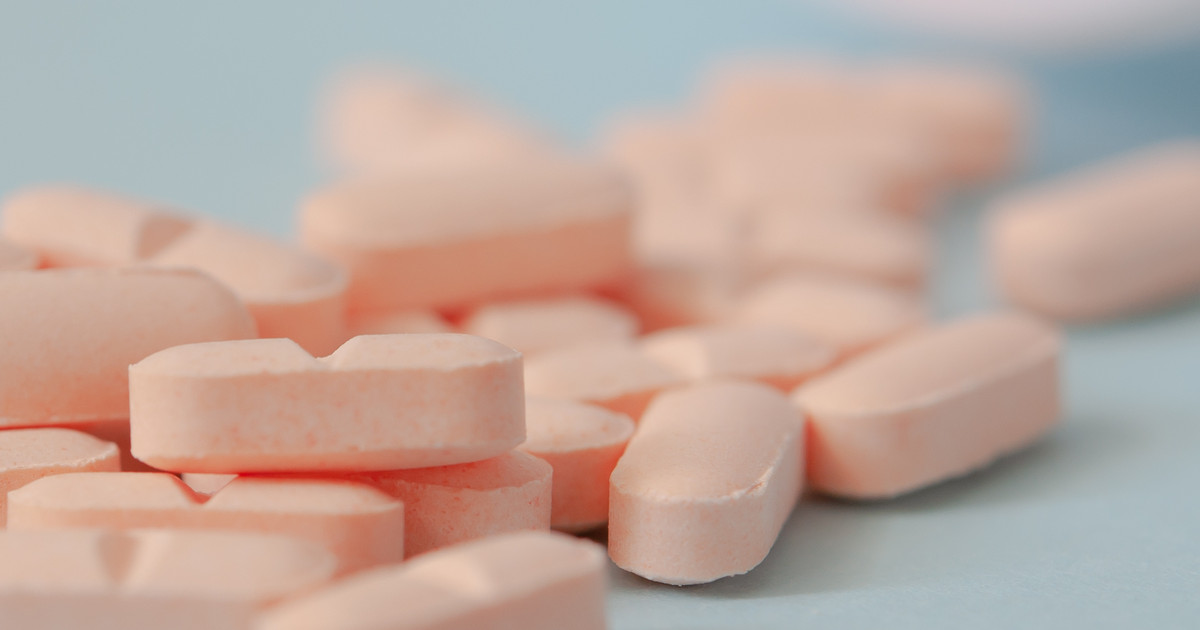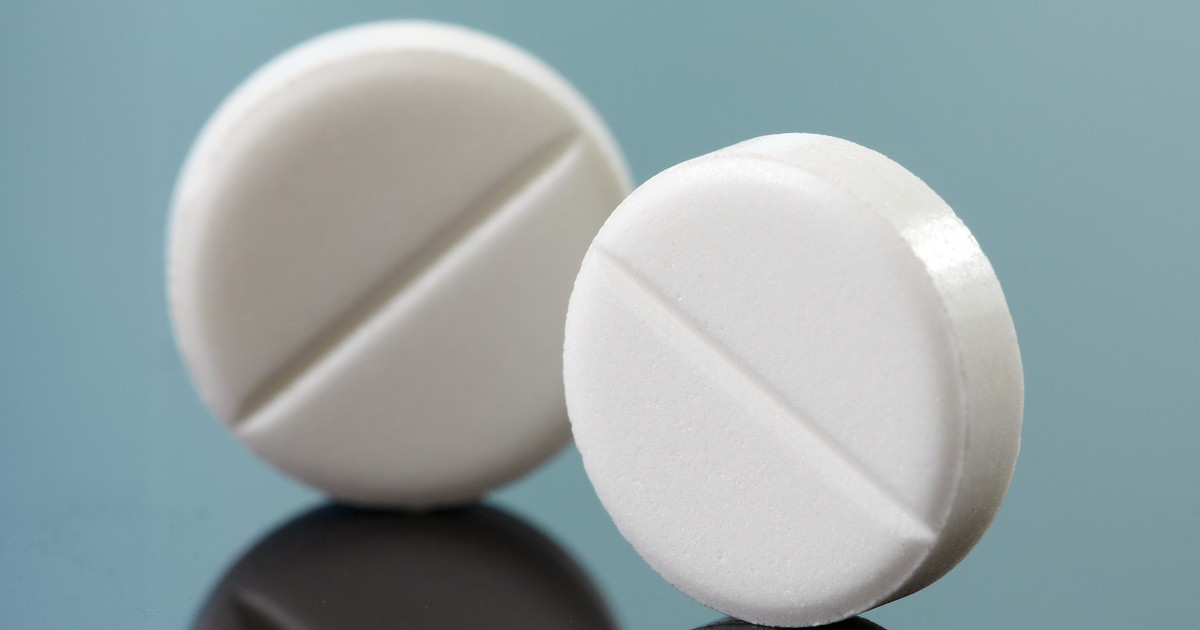Guide To Medications That Treat Low Blood Pressure (Hypotension)
Blood pressure readings of less than 90/60 are considered low. Patients may develop low blood pressure (hypotension) due to dehydration, septicemia, anaphylaxis, or blood loss. The condition can also occur due to deficiencies in vitamin B12, iron, or folate. Individuals who are over sixty-five years old have an increased risk of experiencing low blood pressure. Diabetes patients are at a higher risk as well. If left untreated, low blood pressure can cause dizziness, fainting, and weakness. It increases a patient's risk of falls and injuries. Severely low blood pressure can damage the patient's heart and brain.
Many patients need to increase their salt intake as part of their hypotension treatment. Drinking more water is another natural remedy for low blood pressure. Of course, wearing compression stockings can also be helpful. However, some patients may need to take medication as a treatment for hypotension. Thus, it is essential to understand the common hypotension medications.
Fludrocortisone

Fludrocortisone is a corticosteroid. In addition to being used to treat hypotension, it also treats Addison's disease. This medicine reduces the amount of sodium that the body excretes through urine. Patients with active fungal infections should not take fludrocortisone. Before prescribing this drug, doctors need to know if the patient has any history of diabetes, glaucoma, high blood pressure, heart issues, kidney disease, or stomach ulcers. This medicine may not be safe for individuals with these conditions.
This medication has some potential side effects. Some of the most common side effects include salt and water retention, low potassium, stomach ulcers, easy bruising, and slow wound healing. Patients should let their doctor know right away if they experience blurry vision, seizures, eye pain, lower limb swelling, or severe upper abdominal pain. They should call their doctor immediately if they display signs of low potassium. This includes irregular heartbeats, a fluttering sensation in the chest, leg cramps, and muscle weakness.
Reveal more medications that can treat low blood pressure now.
Midodrine

Midodrine is used to treat orthostatic hypotension. This condition involves a sudden drop in blood pressure when an individual stands up from a sitting position. This medication is an alpha-adrenergic agonist. It stimulates the nerve endings in the patient's blood vessels. The blood vessels tighten, and the patient's blood pressure increases. This medication's side effects include stomach pain, frequent urination, chills, and a tingling sensation on the skin. Less commonly, individuals taking this medicine have reported leg cramps, insomnia, dry mouth, drowsiness, and dizziness.
Most patients will need to take midodrine three times per day. Patients should take each dose at least three hours apart and the last dose before 6 p.m. Since this medicine increases the patient's blood pressure while they are lying down, they should not take it near bedtime or before a nap. Doctors may recommend that patients raise the head of their bed for rest or sleep. Midodrine may interact with alpha-blockers and beta-blockers. To reduce the risk of interactions, patients should let their doctors know about all of the medicines and supplements they use.
Continue reading to learn about more low blood pressure medications now.
